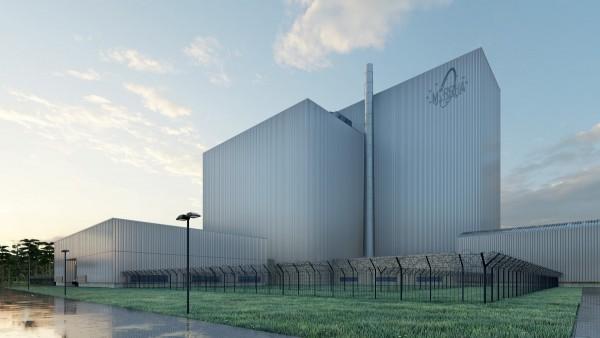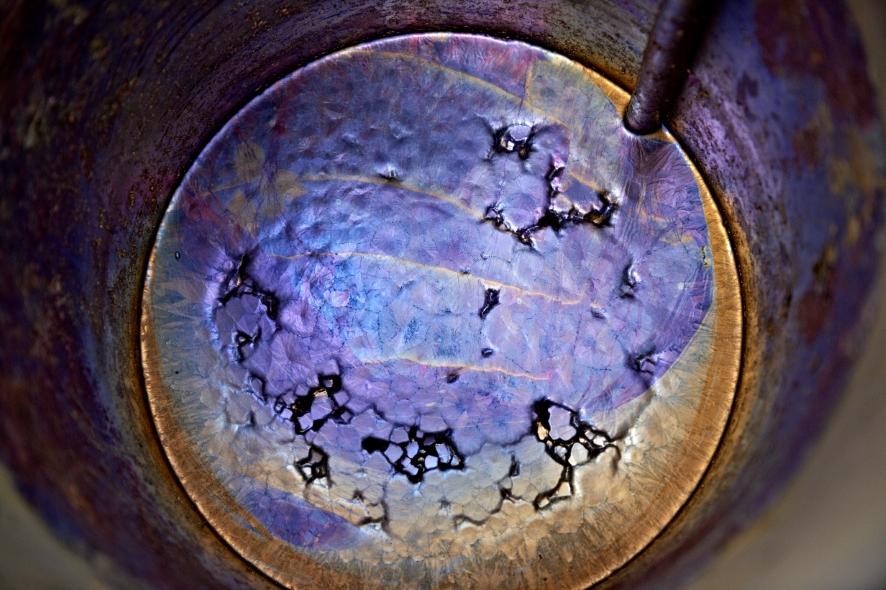MYRRHA reactor
The lead-bismuth eutectic (LBE) cooled reactor

Pool type reactor
The MYRRHA reactor is unique in many aspects. The pool type reactor is cooled by 7,800 tons of lead-bismuth eutectic (LBE). All primary systems are within the double walled 16 m high and 10 m wide vessel.
Sub-critical design
By default, the MYRRHA reactor has a sub-critical design: it doesn’t contain enough fissile material to maintain the chain reaction. For safety reasons, the reactor design includes passive cooling: in case of electric failure or when the linac is switched off and the reactor comes to an immediate stop, the cooling of the reactor is guaranteed by the natural circulation of the LBE.
MYRRHA will have a maximum output of 100 MWth.

Lead-bismuth eutectic (LBE) as coolant
Lead-bismuth eutectic (LBE) has been carefully selected as coolant and spallation source of the MYRRHA reactor:
- Wide operating temperature range: LBE has a relatively low melting point (125 ºC) when compared with its individual components (lead 327 ºC, bismuth 271 ºC), while it boils only above 1670 ºC.
- Excellent heat conductivity: LBE enables the reactor’s primary system to operate under normal pressure.
- Radiation shielding: LBE is an excellent radiation shield that blocks gamma radiation.
- Virtually transparent to neutrons: LBE is an ideal medium as spallation source inside the reactor where the linac’s proton beam is converted into neutrons required to sustain the fission reaction.
- Fuel mix: LBE allows a wide variety of fuels to be used besides uranium 235 and 238, including mixed oxide (MOX) fuels. In particular, simulations indicate that linac driven, LBE cooled reactors may contain up to 30% of long-lived minor actinides, such as neptunium, americium and curium.
- LBE based reactors use far less nuclear fuel and produce far less nuclear waste.
